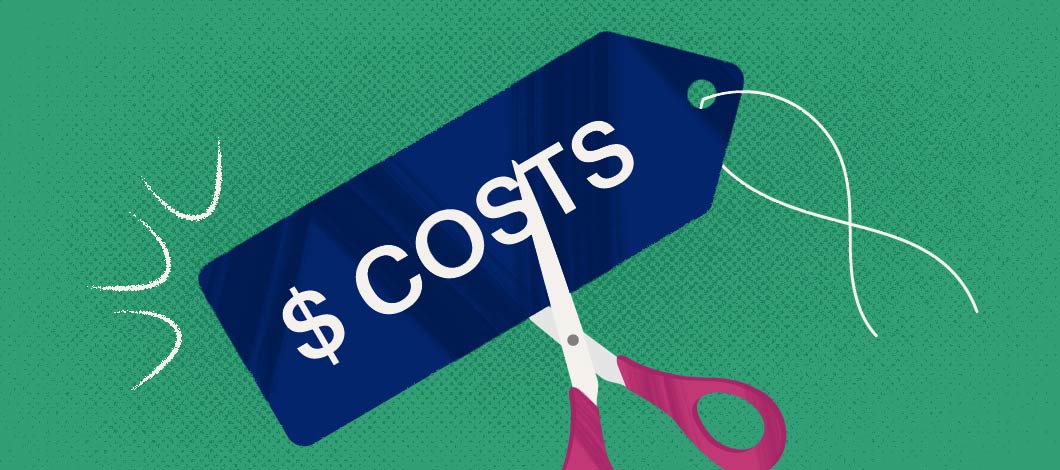
In today’s competitive business landscape, cost efficiency is a necessity. Developing effective saving initiatives can significantly impact your bottom line, allowing reinvestment in growth opportunities and enhancing financial health. Below are actionable strategies to unleash cost efficiency in your organization.
The Importance of Cost Efficiency
Cost efficiency goes beyond cutting expenses; it’s about optimizing resources to achieve maximum value. By focusing on cost efficiency, businesses can:
- Enhance Profit Margins: Reducing costs boosts profitability.
- Improve Competitiveness: Lower costs enable more competitive pricing.
- Support Sustainable Growth: Efficient resource use allows for sustainable business expansion.
Common Challenges in Achieving Cost Efficiency
- Identifying Cost Drivers: Pinpointing areas where costs can be reduced without compromising quality.
- Resistance to Change: Employees and departments may resist changes, even if they lead to savings.
- Short-Term vs. Long-Term Savings: Balancing immediate savings with long-term investments.
Strategies for Developing Saving Initiatives
-
Conduct a Comprehensive Cost Analysis Conduct a detailed cost analysis to identify major cost drivers and potential areas for savings.
- Steps:
- Review financial statements to understand financial health.
- Break down costs into categories (labor, materials, overhead, etc.).
- Benchmark against industry standards to identify areas of improvement.
- Steps:
-
Streamline Operational Processes Inefficient processes can be a significant drain on resources. Streamlining operations leads to cost savings.
- Best Practices:
- Adopt lean manufacturing principles to eliminate waste.
- Implement automation technologies to reduce manual labor.
- Encourage continuous improvement where employees regularly suggest process enhancements.
- Best Practices:
-
Optimize Supply Chain Management Supply chain optimization can lead to cost reductions and improved efficiency.
- Strategies:
- Consolidate vendors to leverage bulk purchasing discounts.
- Implement just-in-time inventory to reduce holding costs.
- Use demand forecasting to accurately adjust supply orders.
- Strategies:
-
Enhance Energy Efficiency Energy efficiency improvements can lead to significant savings.
- Tips:
- Conduct regular energy audits to identify areas for improvement.
- Invest in energy-efficient equipment and lighting.
- Educate employees on energy-saving practices.
- Tips:
-
Foster a Cost-Conscious Culture Creating a culture that prioritizes cost efficiency can lead to sustained savings.
- Actions:
- Train employees on cost-saving techniques.
- Implement incentive programs to reward employees for identifying cost-saving initiatives.
- Regularly communicate the importance of cost efficiency and progress towards savings goals.
- Actions:




